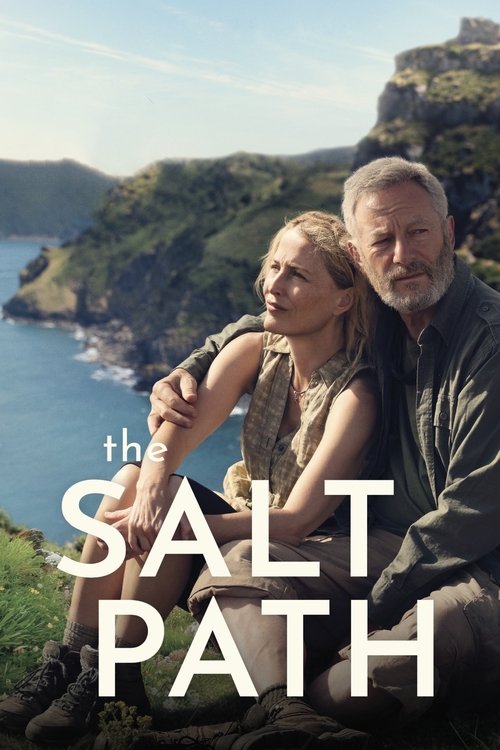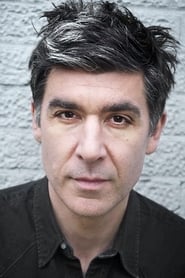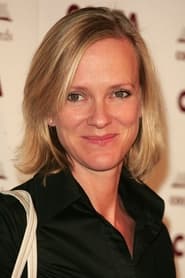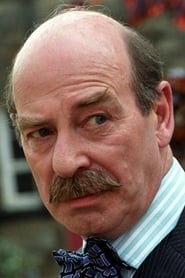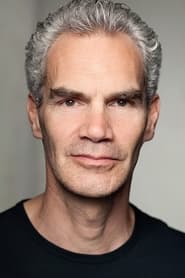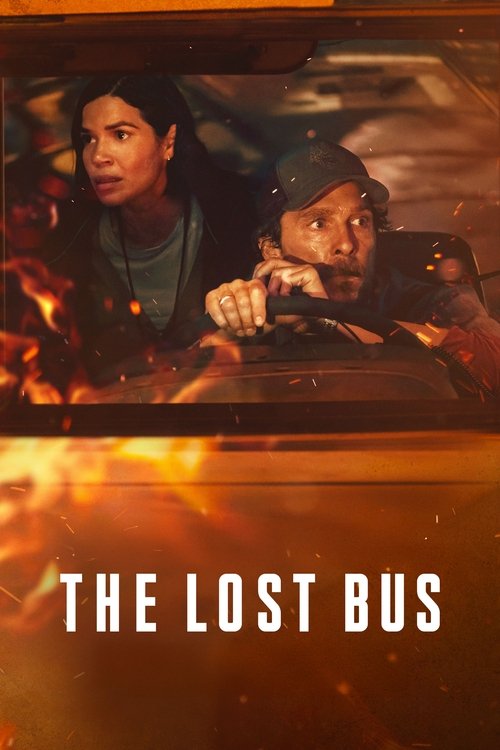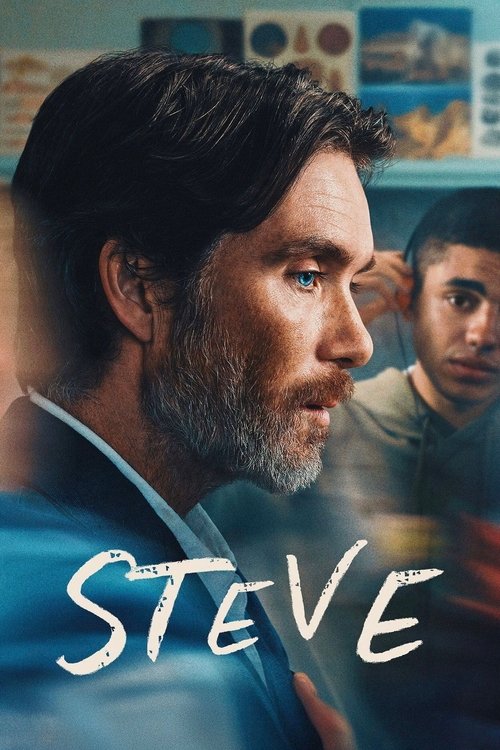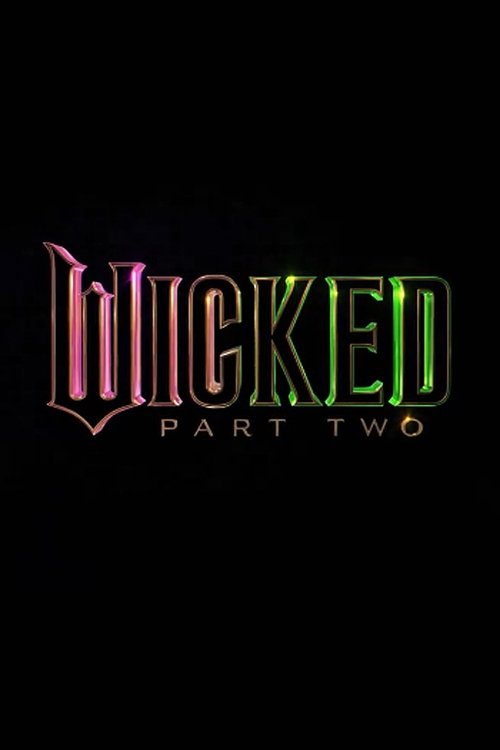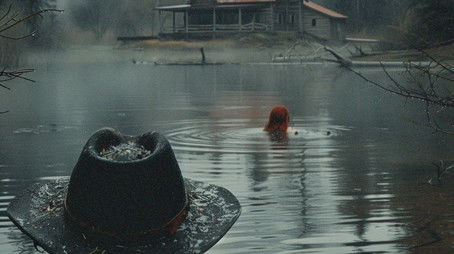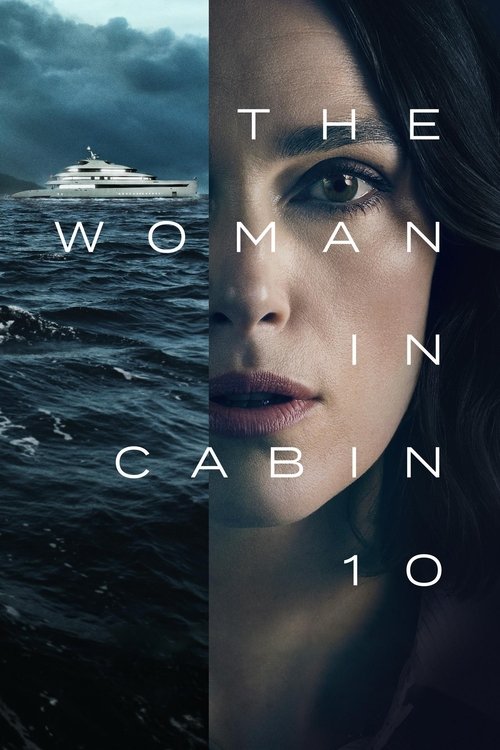
Ask Your Own Question
What is the plot?
The Salt Path (2025) opens with Raynor and Moth Winn, a middle-aged married couple, facing the devastating loss of their home and livelihood. The film intersperses present-day scenes with flashbacks revealing the events leading to their eviction from the farmhouse they had been renovating into a bed and breakfast in rural Wales. This eviction is compounded by a legal battle in which a crucial letter that could have prevented their displacement is rejected by the judge, leaving them homeless and financially destitute. At the same time, Moth receives a diagnosis of corticobasal degeneration (CBD), a rare and terminal neurodegenerative disease that progressively impairs his movement and cognitive functions.
With no emergency housing available--due to Moth's prognosis not meeting the strict criteria--and only £40 a week from Working Tax Credit, the couple is forced to confront their bleak reality. In a moment of desperation and resolve, Raynor suggests they embark on a 630-mile trek along the South West Coast Path, a rugged trail stretching from Minehead in Somerset to Poole in Dorset, passing through Devon, Cornwall, and Dorset. Neither are experienced hikers, and Moth's health is fragile, but the walk offers them a chance to survive, regain some control, and find meaning amid their hardship.
As they begin their journey, the couple carries only two backpacks, a cheap tent, and a copy of Seamus Heaney's translation of Beowulf, which becomes a symbolic companion during their ordeal. Early on, Moth struggles physically, limping after just a few miles, and the path's steep cliffs, unpredictable weather, and rough terrain test their endurance. Along the way, they encounter a mixture of reactions from strangers--some express disdain or suspicion toward their homelessness, while others offer kindness, food, and shelter. These interactions underscore the social stigma they face but also the humanity that sustains them.
Throughout the trek, flashbacks deepen the narrative, showing the couple's life before eviction: their hopes for the farmhouse, their financial struggles, and the moment Moth's symptoms first appeared. Flashforwards hint at the challenges ahead, including Moth's deteriorating condition and the couple's evolving relationship. Despite the hardships, Raynor and Moth's bond strengthens, their mutual support and love becoming a vital source of resilience.
As winter approaches, the couple's situation becomes more precarious. They are cold, exhausted, and vulnerable to illness. At this low point, a friend named Polly offers them refuge in her garden shed on the condition that they renovate it. Gratefully, they accept and spend the winter months there, repairing the shed and regaining some stability. Polly also helps Raynor find seasonal work shearing sheep, which brings in £1,500--an important financial boost that allows them to prepare for the next phase of their journey.
During this period, Moth's health fluctuates, but the physical activity and simple diet seem to bolster his strength temporarily. However, a dangerous moment arises when Moth decides to stop taking pregabalin, a medication prescribed for his symptoms, cold turkey. This reckless choice nearly endangers his life, but he recovers, underscoring the precariousness of his condition.
By spring, with renewed determination, Raynor and Moth resume their trek along the South West Coast Path. Moth devises a plan to study sustainable farming at Plymouth University, hoping to secure a student loan that would provide financial support and a new direction for their lives. This plan symbolizes a shift from mere survival to rebuilding a future grounded in their connection to the land.
The film culminates with the couple completing the arduous 630-mile journey. Title cards reveal that after finishing the walk, they were offered temporary accommodation by a stranger, highlighting the ongoing kindness they encountered. Moth successfully completes his studies in sustainable agriculture, and both he and Raynor find work in the agricultural sector. Meanwhile, Raynor writes and publishes her travel memoir, The Salt Path, which becomes a bestseller, sharing their story of resilience and hope.
Throughout the film, the narrative emphasizes the couple's emotional and physical journey, their confrontation with societal judgment, and their unwavering commitment to each other. The story does not include any character deaths caused by violence or battles; rather, it focuses on the quiet struggle against illness, poverty, and displacement. There are no political intrigues or betrayals; the tension arises from their personal hardships and the natural challenges of the coastal path.
The Salt Path closes on a note of cautious optimism, portraying Raynor and Moth's transformation from despair to empowerment through endurance, love, and the healing power of nature. Their story is a testament to human resilience in the face of terminal illness and homelessness, framed by the wild beauty of the English coastline.
What is the ending?
At the end of The Salt Path (2025), Raynor and Moth complete their 630-mile walk along the South West Coast Path despite Moth's degenerative illness and their homelessness. They are offered temporary accommodation by a stranger, Moth finishes his studies in sustainable farming, and both find work in agriculture. Raynor publishes her travel memoir, which becomes a bestseller.
The film's ending unfolds as follows:
After enduring the harsh conditions of the coastal trek and the challenges of Moth's corticobasal degeneration, Raynor and Moth arrive at the final stretch of the South West Coast Path. Their physical and emotional resilience is tested throughout the journey, but they continue moving forward, supported by each other and occasional kindness from strangers.
As winter approaches, a friend named Polly offers them shelter in her shed in exchange for renovation work. They spend the winter there, during which Moth's health fluctuates but he gains some strength from the rest and the fresh air. Raynor finds work shearing sheep, earning enough money to sustain them. Moth devises a plan to study sustainable farming at Plymouth University, hoping to secure a student loan to support their living expenses.
In spring, they resume their walk, this time starting from the opposite end of the path. Along the way, they meet fellow hikers Dave and Julie, and experience moments of camaraderie and mutual support. Raynor falls ill briefly, forcing them to stay in a bed and breakfast for recovery. They also encounter other unhoused individuals who offer them shelter and friendship.
As they near the end of the trail, they face difficulties finding places to camp due to RV camps and private properties, leading them to camp on a golf course and take a train to bypass certain sections. In a town, they meet Colin, a kindly unhoused man, and a woman who offers to rent them an apartment near the university.
The film closes with title cards revealing that Raynor and Moth completed the entire walk, moved into temporary accommodation, and that Moth successfully completed his studies. Both found work in agriculture, and Raynor's book The Salt Path was published and became a bestseller.
Thus, the fate of the main characters is hopeful: despite homelessness and terminal illness, they find new purpose and stability through their journey, education, and work. Moth's health remains fragile but he pursues his goals, while Raynor documents their story, sharing their experience with a wider audience.
Is there a post-credit scene?
Yes, the movie The Salt Path (2025) does have a post-credit scene. After the credits roll, there is a brief scene where a stranger speaks to the main characters, Raynor and Moth, pointing out the natural weathering of rocks on the beach and saying, "you can't make that, it has to come from time and nature." This moment symbolically reflects the themes of the film--how experience shapes, scars, and builds people over time, much like the natural landscape they traverse. This scene sheds light on the resilience of the couple and the deeper purpose behind their long walk along the coast.
What specific challenges do Ray and Moth face during their 630-mile walk along the South West Coast Path?
Ray and Moth face numerous challenges including Moth's terminal neurodegenerative disease which causes him to limp early in the journey, harsh weather conditions, difficult terrain with steep ascents and descents, limited supplies, and the physical and mental toll of homelessness and middle age. They also encounter hostility from some people they meet, such as a passerby who berates them for wild camping and a woman who humiliates Ray by assuming she is drunk when she scrambles for dropped coins.
How does Moth's health condition affect their journey and what specific health risks does he encounter?
Moth has corticobasal syndrome, a rare brain disease, and doctors advise him to rest, especially avoiding stairs. Despite this, he undertakes the demanding hike. A critical health risk arises when Moth decides to go cold turkey off pregabalin, a medication, which is highly dangerous and reckless. His health is surprisingly maintained by the exercise and diet during the trek, but this is considered luck rather than a medically advisable outcome.
What are some key interactions between Ray and Moth and other characters they meet on the path?
They encounter a range of people, some of whom are unkind or hostile. For example, a passerby beats their tent with a stick to discourage wild camping, and a woman humiliates Ray by assuming she is drunk when she is actually searching for dropped coins. These interactions highlight the couple's vulnerability and the social challenges they face while homeless and on the move.
What personal belongings do Ray and Moth carry with them on their journey, and how do these items contribute to the story?
They carry only two backpacks, a cheap tent, a copy of Seamus Heaney's translation of Beowulf, and a lot of pot noodles. The book Beowulf plays a role in a rousing moment during the film, symbolizing endurance and heroism, which parallels their own struggle. Their minimal belongings emphasize their vulnerability and reliance on each other and the kindness of strangers.
How do Ray and Moth's personalities and relationship dynamics manifest during the journey?
Ray is portrayed with a patina of reserve and caution, often looking back with a sense of reflection, while Moth is eager to ensure others' comfort, a people-pleaser even when others are unkind. Their contrasting body language and interactions reveal a deep bond and mutual support that help them endure the physical and emotional hardships of the trek.
Is this family friendly?
The movie The Salt Path (2025) is generally family friendly with mild content. It contains no violence or gore and no frightening or intense scenes. There is mild profanity, mild sexual content (such as kissing and some bare shoulders), and mild alcohol and drug use, including one character smoking cannabis. The film deals with serious themes like terminal illness, homelessness, and financial hardship, but these are portrayed in a gentle, somewhat idealized way without graphic or upsetting detail.
Potentially objectionable or upsetting aspects for children or sensitive viewers might include:
- Themes of terminal illness and progressive disability
- Homelessness and financial loss
- Mild drug use (cannabis smoking)
- Mild language and some brief sexual content (kissing, partial nudity)
However, there are no scenes of violence, intense fear, or graphic content. The tone is more contemplative and focused on endurance, love, and nature, with beautiful scenic cinematography. Overall, it is suitable for older children and sensitive viewers with parental guidance recommended due to the mature themes and mild content.

